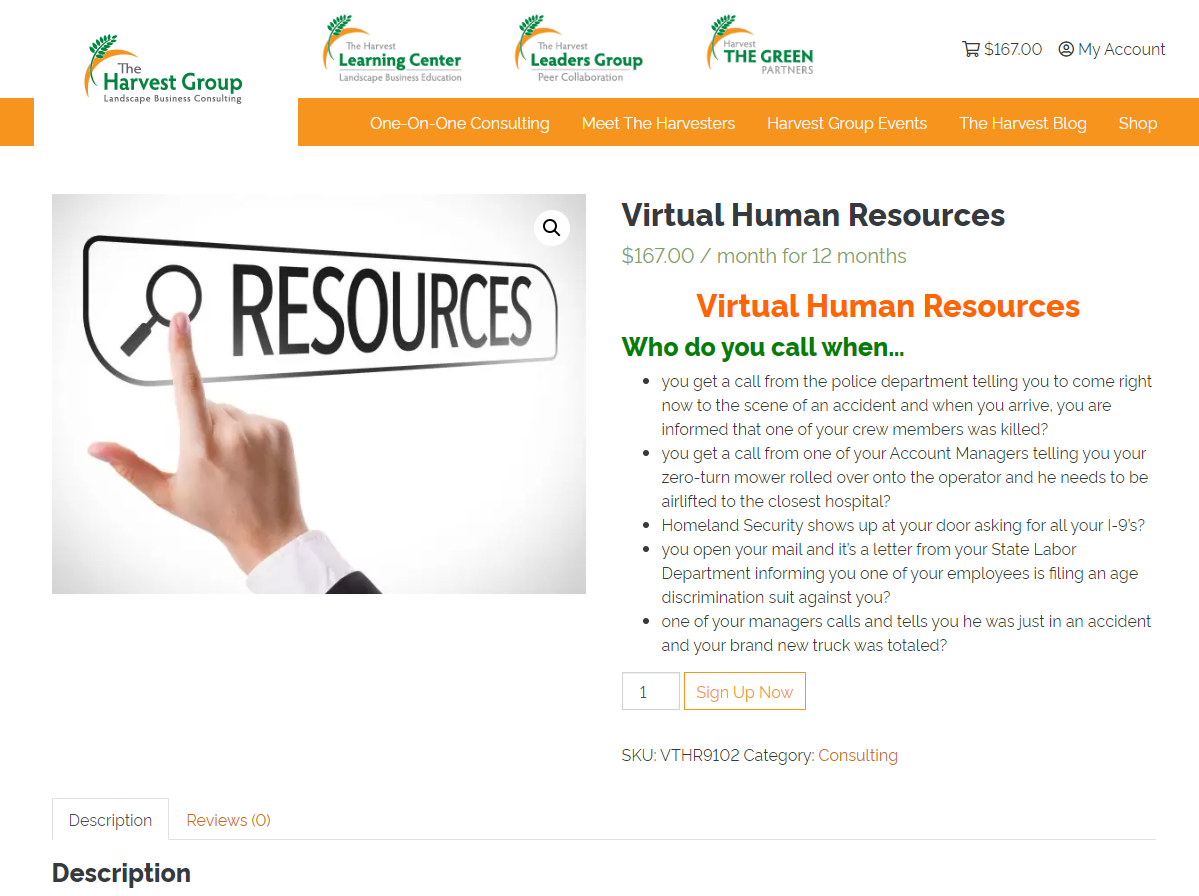
Designing Equipment Safety Training
Steven Cesare, Ph.D.
A business owner from Massachusetts contacted me the other day to begin a thorough attempt at developing in-house equipment safety training initially intended for his Crew Leaders, followed by the Crew Members, and eventually to all new field employees as part of the company’s New Employee Orientation Program. To date, his company had an exemplary safety history, with an undeniable safety culture, effective tailgate sessions, and strong managerial role models. He was clearly off to a good start.
His ambitious plan began with 12 pieces of landscape equipment (e.g., mowers, string trimmers, hedge trimmers, chain saws, backpack blowers, skid steer, aerator, chipper, cut off saw, compactor, jackhammer, mini-excavator). Naturally, these pieces of equipment were referenced in the employees’ job descriptions and supported by preventative maintenance record keeping, vendor/manufacturer user manuals, and home page bookmarks, as well as a standardized Lockout/Tagout program.
In developing the overview of the training program, I informed the business owner that basic equipment training content is typically organized across three simplistic timeframes for each piece of equipment:
Pre-operational
Before starting the equipment, inspect it for loose screws, fluid levels/leaks, filters, tires, spark plugs, engine pull cords, mixed or clean fuel, fueling locations and procedures, muffler, etc.
Operational
While the equipment is running, understand how to turn the equipment on and off, keep hands and fingers away from hazard elements like blades, proper body ergonomics, correct use of the “choke,” never point a blower toward a client’s house or use it while between vehicles in a parking lot, etc.
Post-operational
With the equipment turned off, inspect the equipment for any sign of wear and tear or noteworthy damage, cleaning procedures, proper storage and security using a metal chain, report any safety issues to a supervisor immediately, etc.
With the training content established, I informed the owner that basic training delivery is typically presented across three points of focus:
1) Employee:
Ensure all required PPE is being worn properly (e.g., safety glasses, back brace, earplugs, leather gloves, safety vest, work boots, dust mask) prior to using the equipment.
2) Equipment:
Inspect the piece of equipment thoroughly following a front-to-back progression, reviewing all elements carefully in a linear and easy-to-follow path (e.g., string trimmer head, line, shaft, handle, engine, spark plug, fuel level, purge bulb, engine cord, muffler, and its protector).
3) Environment:
With the employee and equipment inspected for safety, now constantly scan the environment for potential hazards (e.g., vehicles, pedestrians, pets, windows, roots, sprinklers, wet areas, low branches, holes in the turf, signs).
With the basic training content and delivery method defined, it is always important to ensure that detailed administrative procedures including proper record keeping (e.g., training date, training content, attendees, sign-off sheets) are always conducted in that such documentation will be quickly requested by any OSHA auditor or workers’ compensation vendor performing an evaluation of a company’s safety compliance procedures.
If you have any questions or comments about this topic or anything else related to human resources, simply call me at (760) 685-3800.
Check Out Harvester Steve Cesare’s
NEW OFFERING!
Harvest Group Partners
Click the icon below to download the Harvest Group Mobile app!
What do you want to learn more about?
The Harvesters want to know what topics you would like to see us discuss. Click below to submit your ideas!





